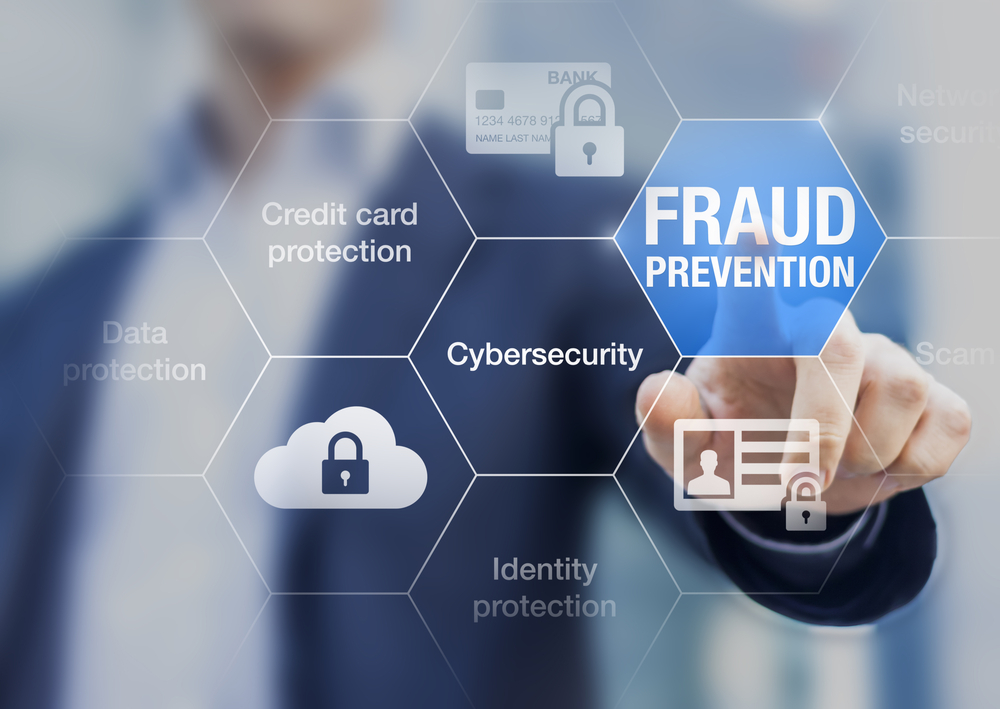More than ever, customers are looking toward faster payments, at least, this is what was discovered by a survey conducted by the Federal Reserve Banks.
What Are Faster Payments?
Before we dive into the key findings of the Federal Reserve survey, let’s talk about what faster payments entail. According to the Federal Reserve, “faster payments” comprise electronic payment services that deliver funds to the payees within a matter of seconds or up to a few hours, once initiated by the payer.
Examples of fast payments include:
- Same day ACH
The funds are credited into the payee’s deposit account if the payment is done before midday.
- Instant payment services
The funds are credited to the payee’s deposit account within seconds.
- Push-to-card
The funds are credited from the payee’s debit account within minutes of the payment being initiated.
- Digital wallet apps
When using digital wallet apps, they credit the payee’s digital wallet just a few minutes following the payment initiation.
The Key Results
During the second part of 2021, The Federal Reserve Banks conducted a survey to gauge consumer interest in faster payments. Here were the key discoveries of the survey:
- Close to seven out of 10 consumers use mobile payment devices in order to send or receive payments.
- Almost two-thirds of those customers surveyed revealed that they conduct their financial dealings “primarily” or entirely online.
- Besides their local banks or credit unions, 83% of consumers also use digital wallets or a fintech payment app, at least occasionally in order to complete their transactions. This also includes 71% that are 55 years of age and older.
- 62% of those consumers surveyed mentioned that they will be using faster payment options more in the near future. They are especially keen on those solutions that offer solid fraud protection.
- Cost to 80% of customers doesn’t want to limit faster payments to just person-to-person payments. They want to pursue this method in order to pay businesses.
- Over 60% of consumers revealed that they want a “real-time view” of their account balance and instant posting of the payment they make.
- Almost 70% of consumers believe it is important to have access to “enhanced faster payment capabilities” from the banks they currently do business with.
- As a result of the COVID-19 pandemic, many consumers experienced significant shifts in attitudes and behaviors towards digital commerce. More were inclined to value contactless payments, paying off debt, monitoring fraud, and boosting savings.
FedNow Pilot Underway
The FedNow Service is a new “interbank settlement service” with clearing functionality that supports instant payments in the United States. It will be available 24 hours a day, 7 days a week, and 365 days a year, beginning in 2023.
According to a recent press release, The Federal Reserve has already begun onboarding new participants onto the pilot test of FedNow, a “real-time settlement network.” It is estimated that more than 120 organizations are set to take part in FedNow’s pilot program. Some participating companies have already successfully sent payment messages over the network.
What makes FedNow distinct from other faster payment systems is:
- FedNow is completely operated by the government and therefore cannot create a profit, only break even. This positions FedNow in such a way that it can offer a more competitive price than the other systems.
- It will charge financial institutions a $25 participation fee every month. The sender will also need to pay $0.045 for every credit transfer. Requesters will also need to pay a $0.01 fee for requests for payment messages (RfP).
- It will have a default limit of $100,000. Financial institutions can lower this amount or raise it to a maximum amount of $500,000.
In March of this year, the Fed launched the FedNow Service Provider Showcase to link firms that would like to integrate FedNow with potential service providers that offer real-time payment solutions. This is a great opportunity for financial institutions and businesses to get educated on FedNow’s features and benefits. This will lay the appropriate groundwork for adoption before the program fully launches in 2023.
Faster Payments Are Picking Up Speed
So why does the launch of FedNow really matter? In the U.S. alone, faster payments are gaining considerable momentum. Just in 2021, the adoption of faster payments had grown 10% “year over year.” As much as 86% of organizations currently use these types of transactions.
However, there are some challenges that need to be addressed. As much as 63% of financial institutions have expressed concern about the “high upfront costs” and the “implementation complexity.”
The good news is that FedNow does have a lower-cost pricing structure to mitigate these costs or concerns. The fact that FedNow is also backed by the federal government can also be a plus and encourage more financial institutions towards adoption.


